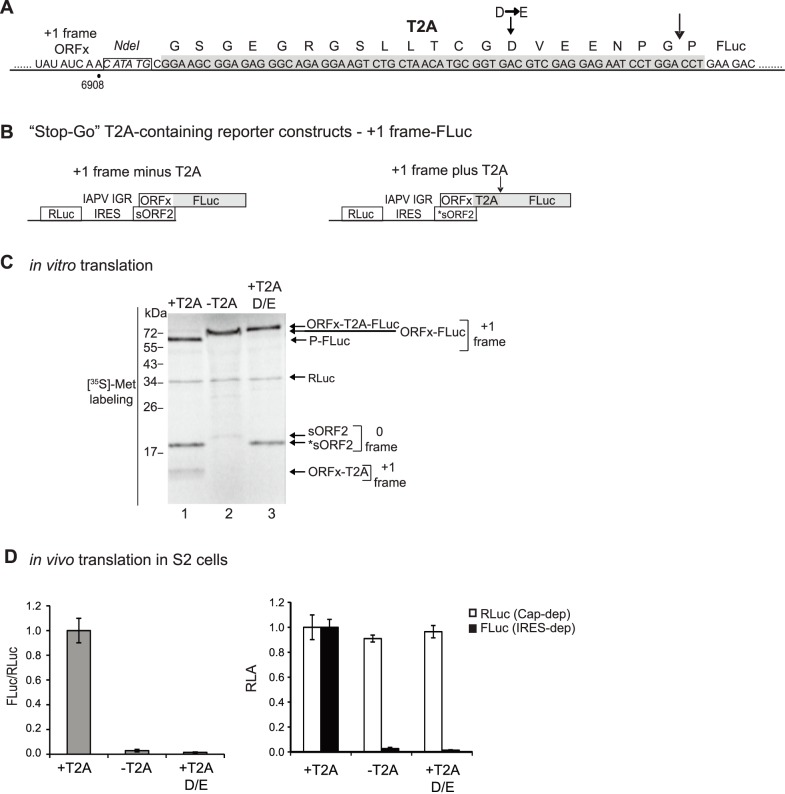Figure 2. Construction of a T2A-containing +1 frame IRES bicistronic reporter construct.
(A) The T2A sequence (dark grey) is inserted between an NdeI restriction site (boxed and italicized) and the Firefly luciferase (FLuc) gene. The arrow indicates the ‘self-cleavage’ or ‘stop-go’ site. A mutation within the T2A peptide (D to E), which inactivates T2A ‘self-cleavage’ activity is shown. (B) Bicistronic reporter constructs containing the IAPV IGR IRES and the ORFx region fused in the +1 frame with the FLuc gene. The T2A coding sequence (in grey) is inserted between the ORFx and FLuc. T2A-minus (left) and T2A-containing (right) bicistronic reporter constructs are shown. (C) T2A-minus and T2A-containing +1 frame bicistronic constructs were incubated in Sf21 extracts for 120 minutes in the presence of [35S]-methionine and analyzed by SDS-PAGE and autoradiography. (D) In vivo translation in S2 cells. In vitro transcribed 5′ capped bicistronic reporter RNAs were transfected into Drosophila S2 cells. Cells were harvested at 6 hours, lysed and luciferase activity was measured. The white and black boxes represent RLuc and FLuc luciferase expression, respectively, indicative of cap-dependent and IRES-dependent translation. Relative luciferase activities (RLA), the quantitation of FLuc and RLuc enzymatic activity, and the relative ratios of FLuc/RLuc are normalized to that observed with the +1 frame T2A-containing reporter RNA. Shown are averages from at least three independent experiments (± s.d.).

